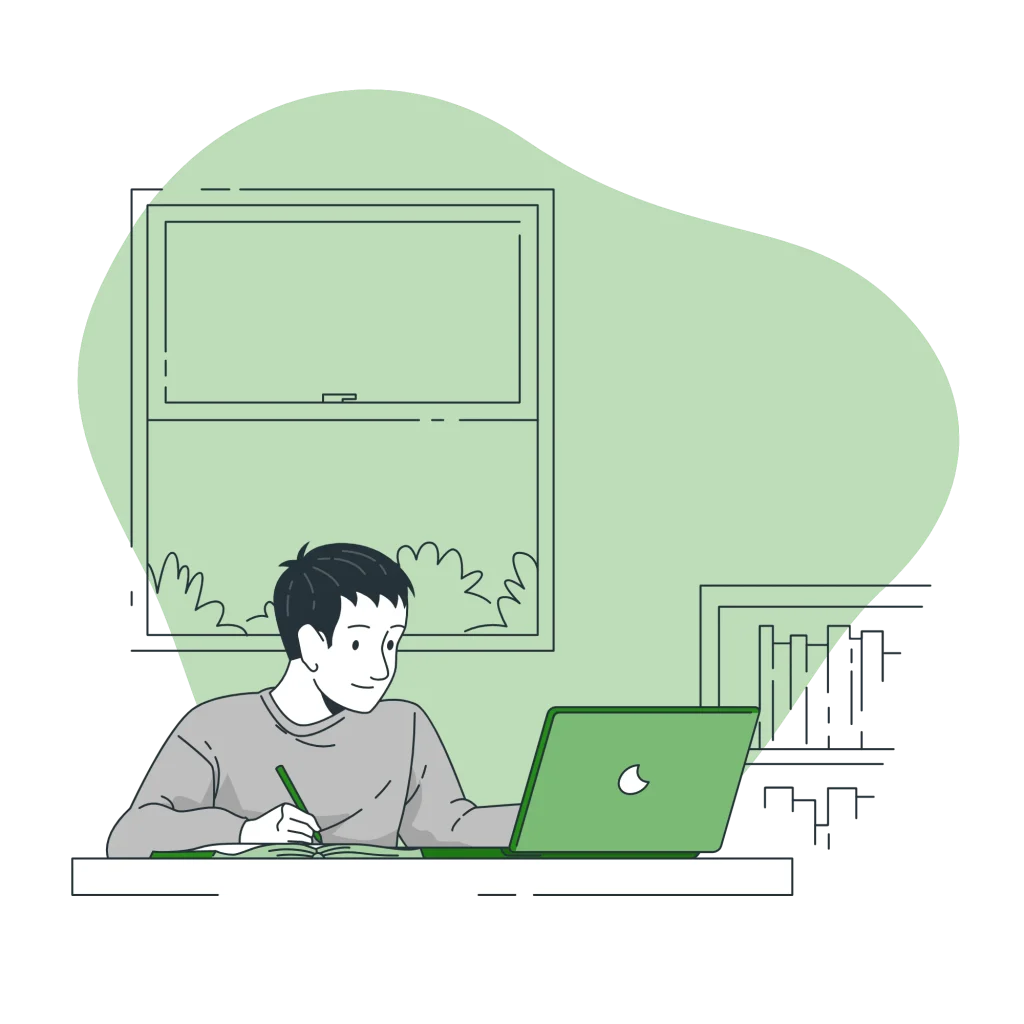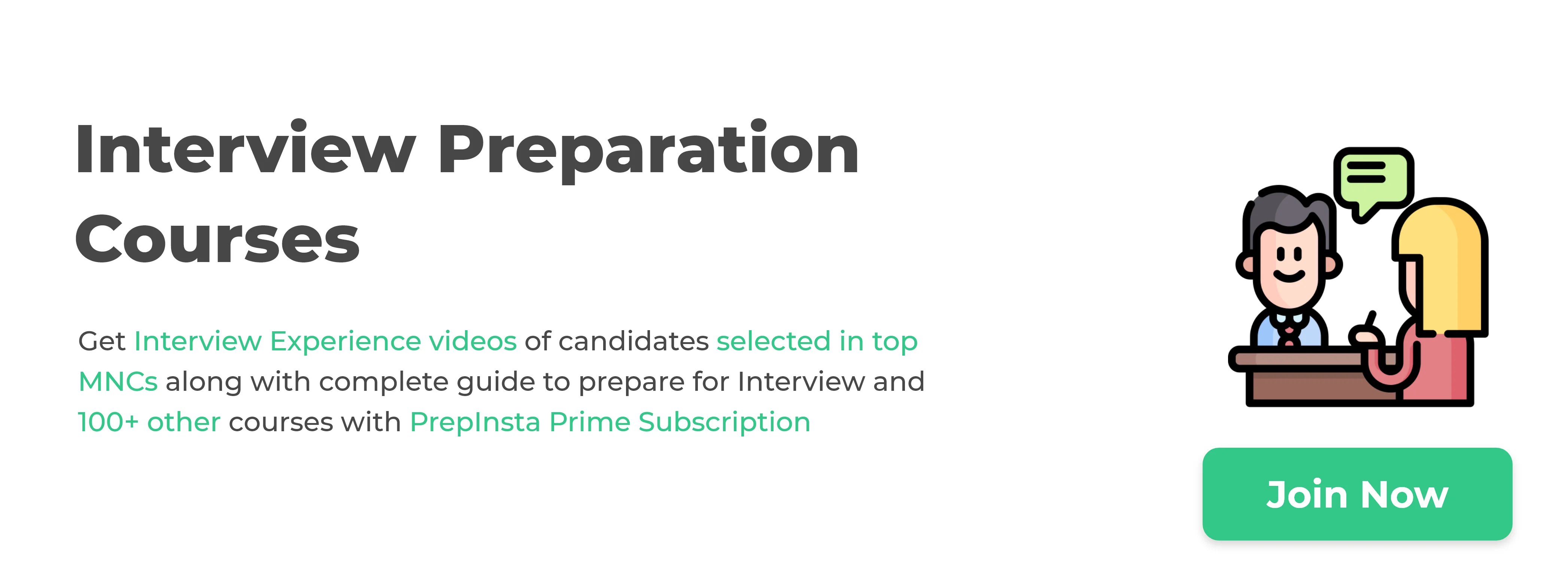IBM Interview Questions for Freshers
IBM Interview Questions for Freshers 2025
Here on this page, you will find the latest IBM Interview Questions that are commonly asked during the IBM Technical Interview and IBM HR Interview rounds.
These questions are designed to test your technical skills, coding knowledge, problem solving ability, communication, and personality fit.
Preparing with these IBM Technical Interview Questions and HR Interview Questions will help you perform confidently in the final stage of the IBM Recruitment Process 2025.
IBM Technical and HR Interview Rounds Details
Just like other companies IBM also has 2 interview rounds:
- Technical Interview
- HR Interview
On this page we have share IBM Technical Interview Questions as well as IBM HR interview quesions:
IBM Technical Interview Questions and Answers
Question 1:- What is tree traversal?
Answer: Tree traversal is the process of visiting all of a tree’s nodes. We always begin at the root (head) node because all nodes are connected by edges (links). There are three methods for traversing a tree:
- In-order Traversal
- Pre-order Traversal
- Post-order Traversal
Question 2:- What is the Kruskal algorithm?
Answer:
This approach treats the graph as a forest, with each node representing a separate tree. A tree can only link to another tree if it has the lowest cost of all the choices and does not break MST characteristics.
Question 3:-What exactly is a queue?
Answer:
A queue, like a stack, is a typical data structure that arranges elements in sequential order. A queue employs the FIFO (First In First Out) mechanism, in which the first thing enqueued is also the first to be dequeued.
Question 4:- What do you mean by CLAUSE in SQL?
Answer:
In SQL, CLAUSE is used to limit the number of results returned by adding a condition to the query. As a result, you can filter rows from the complete collection of data using a CLAUSE.
Question 5:- What is a pipe and when does it actually be useful?
Answer:
Pipe: A pipe is typically a connection between two or more processes that are interconnected. It is a message-passing mechanism that is used for inter-process communication. A pipe makes it simple to transport data, such as the output of one programme activity, to another programme process.
Uses of Pipe:
It’s useful when two processes desire to communicate in one direction, i.e. inter-process communication (IPC)
Question 6:- Explain how to make a Python script Unix executable.
Answer:
#!/usr/bin/env python must be the first line of the script.
Question 7:- What is the meaning of a postfix expression?
Answer:
A postfix expression is one in which the operators come after the operands. The fundamental advantage of this style is that it eliminates the requirement for parentheses to group sub-expressions or to consider operator precedence. In postfix notation, the expression “a + b” will be written as “ab+.”
Question 8:- What is the Software Development Life Cycle, or SDLC?
Answer:-
SDLC, or Software Development Life Cycle, is a life cycle that represents the process of developing software. All aspects of software development are covered by SDLC models.
Question 9:- Write a program to find the maximum number of handshakes.
Question 10:- Write a program to sort the elements of an array.
Prepare for IBM Technical Interview Round with our Technical Interview Preparation Dashboard….
Prime Course Trailer
Related Banners
Get PrepInsta Prime & get Access to all 200+ courses offered by PrepInsta in One Subscription
IBM HR Interview Questions
Question 1:- Tell me about yourself.
Answer:
Good morning/afternoon. I am _______, a final-year B.Tech mechanical engineering student at XYZ College. At our college, I am the current class representative and a Rotaract Club member. I participated in several campus events such as our annual college fest and intra-college sports meet during my four years at college, all while maintaining an 8.5 CGPA until my seventh semester. I’ve only recently started learning programming languages like C, C++, and Java. This role would allow me to get professional experience and provide the groundwork for my future career.
Read more at: Tell me about yourself
Question 2:- What if we don't select you?
Answer:
I’d want to work for your company. Instead, I’m not going to be unhappy if you tell me what I’ve done wrong, and I’ll prepare properly for your company’s off-campus drives in a few months.
Read more at: What if we don’t select you?
Question 3:- What are your hobbies and interests?
Answer:
Painting and making new things are two of my favorite activities. I always set aside at least two hours after college to paint, which helps me relax and improves my visualization skills while also improving my memory.
Read more at: What are your hobbies and interests?
Question 4:- Explain how would be an asset to this organization.
Answer:
You should hire me because I am an excellent communicator who works well with others. If you wish to see the difference, I am available to join you right now. I am self-assured, energetic, and dedicated to my work. I’d like to work for your firm.
Read more at: Explain how would be an asset to this organization.
Question 5:- What is the difference between confidence and overconfidence?
Answer:
In my perspective, there is a tiny difference between confidence and overconfidence. You are confident when you believe “you can accomplish it,” but overconfident when you believe “only you can do it.” When you become overconfident, you begin to dismiss others.
Read more at: What is the difference between confidence and overconfidence?
Prepare for IBM HR Interview Round with our HR Interview Preparation Dashboard….
1. S (Situation): Give context (e.g., college project or teamwork scenario).
2. T (Task): Explain your role/responsibility.
3. A (Action): What steps you took to solve the challenge.
4. R (Result): Outcome achieved (improvement, recognition, success).
FAQ's related to IBM Interview Round
Data structures & algorithms (arrays, strings, linked lists, trees, sorting, recursion/DP), core programming (Java/Python), OOP, basic DB and OS concepts.
In IBM Coding Test 2 Coding Questions are included.
Behavioral and fit questions like “Tell me about yourself,” strengths/weaknesses, teamwork examples, why IBM, and salary expectations.
Use the STAR (Situation Task Action Result) style for answers.
Get over 200+ course One Subscription
Courses like AI/ML, Cloud Computing, Ethical Hacking, C, C++, Java, Python, DSA (All Languages), Competitive Coding (All Languages), TCS, Infosys, Wipro, Amazon, DBMS, SQL and others

 Apply For Jobs
Apply For Jobs Get Hiring Updates
Get Hiring Updates


